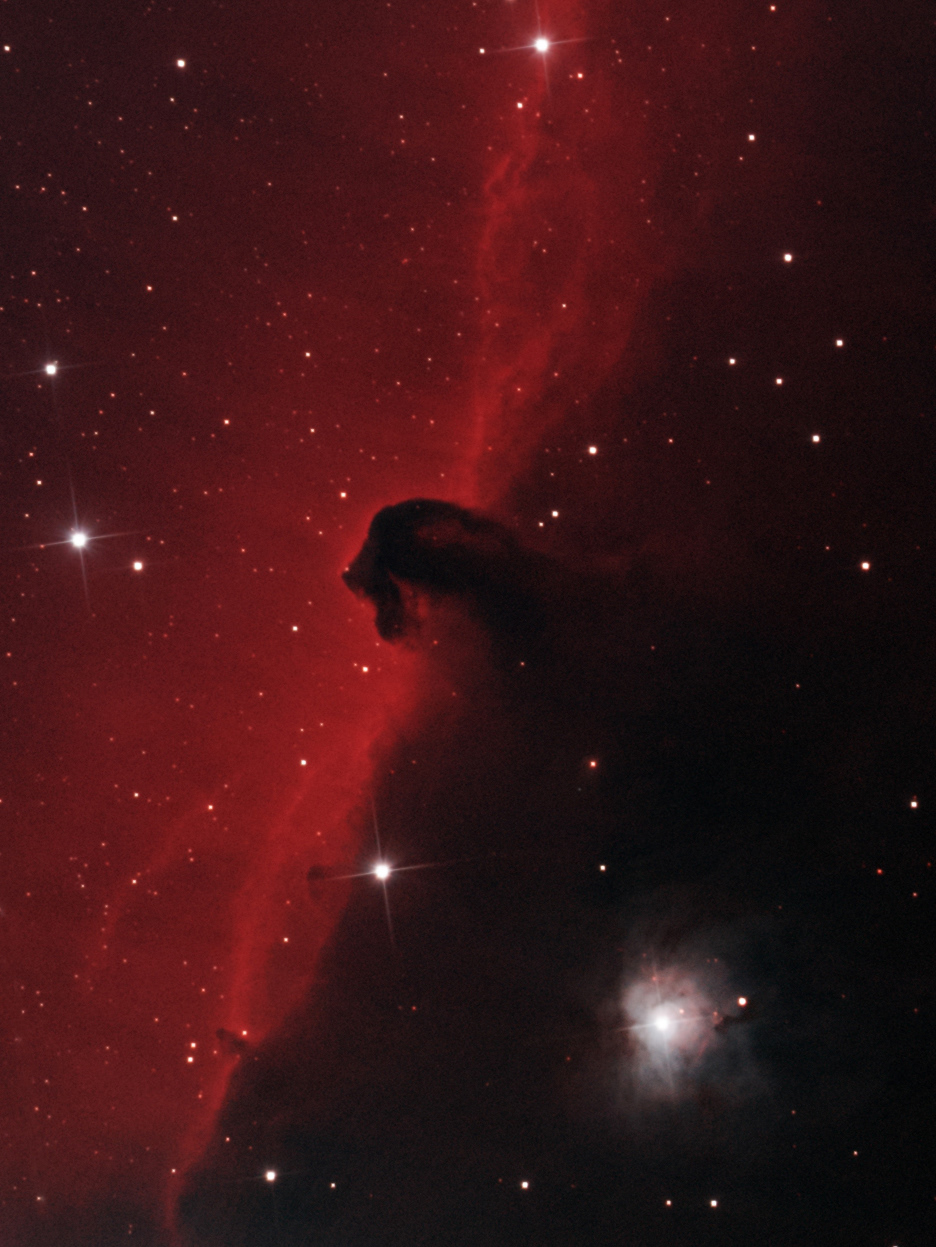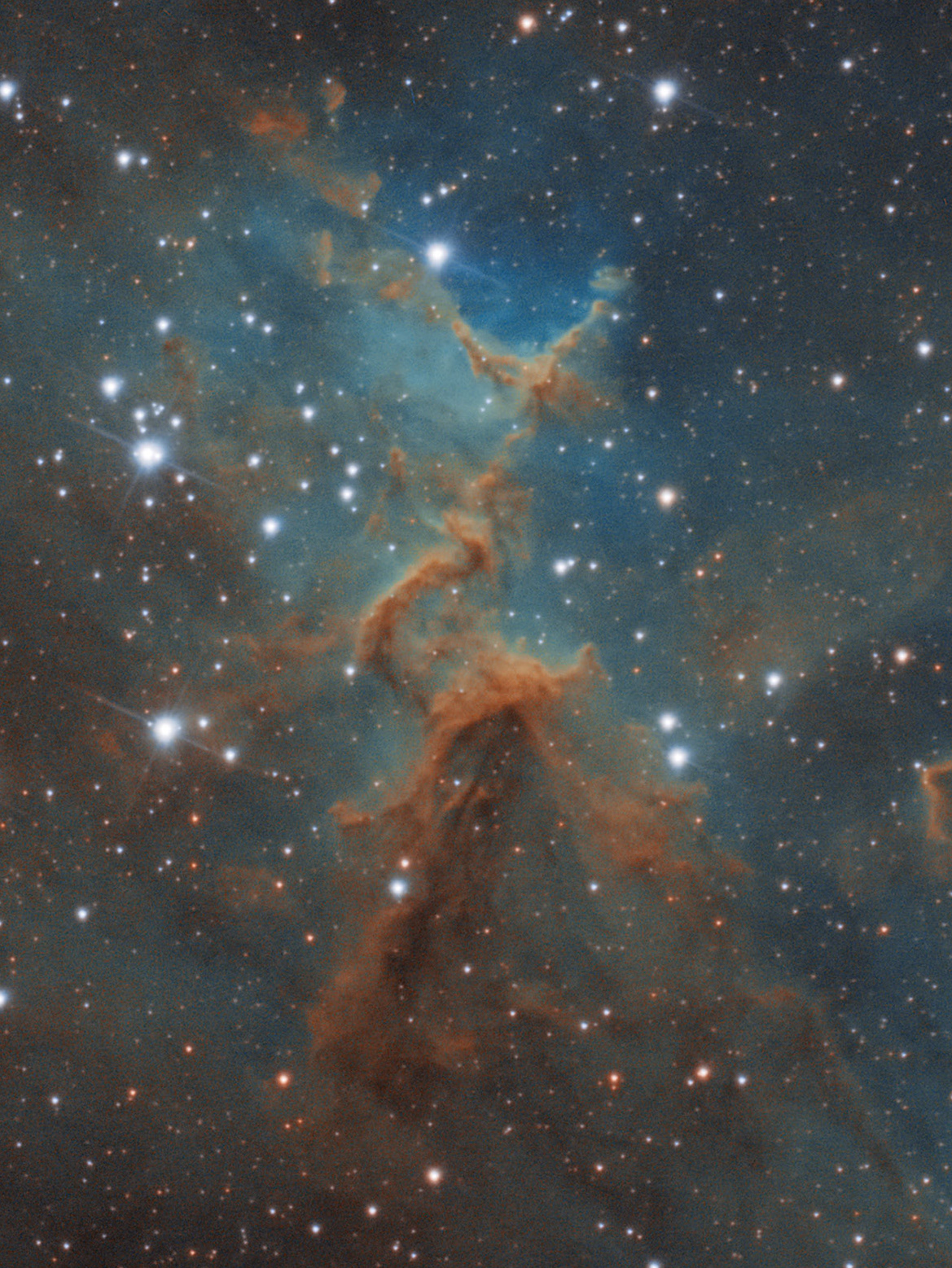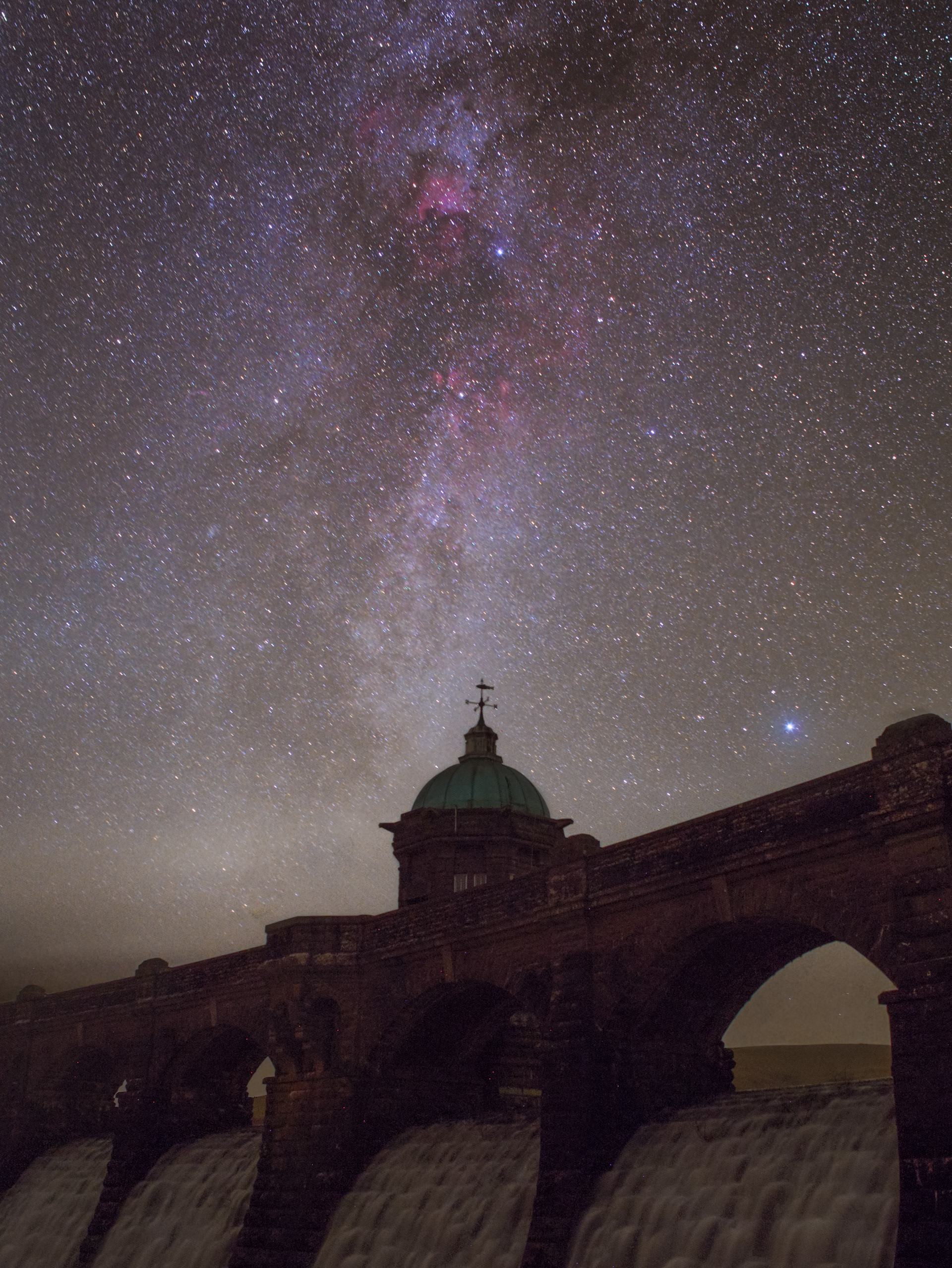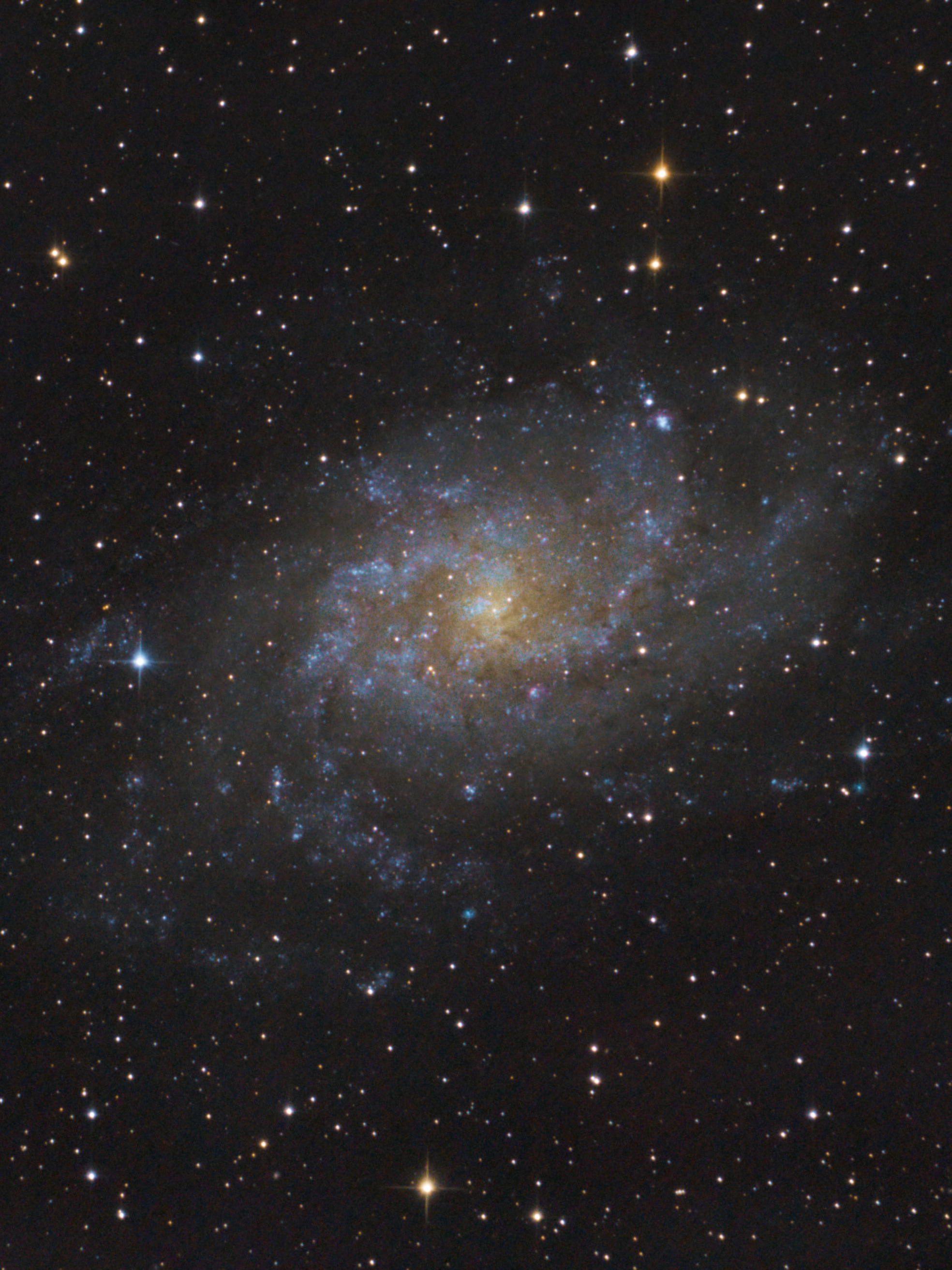My imaging equipment is constantly evolving as I sell and buy new equipment, so this is just a general overview of what I image my photos with.
THE CAMERA
I primarily image through the ZWO ASI1600MM-Pro cooled mono camera, which I bought in the spring of 2019. It is specifically designed for deep sky astrophotography but is also a very good planetary camera at longer focal lengths. It lacks a bayer matrix making it a much higher resolution and more sensitive to all wavelengths of light. It has a built in peltier cooler allowing the sensor to be cooled to -40C below the ambient temperature (I usually put it to -20C to produce mostly noise free images).
As the sensor is monochrome, It requires specialised filters to be placed in front of it. There are two main categories of filters used here, RGB and Narrowband filters. The RGB (RED, GREEN, BLUE) replace the bayer matrix, where instead of each pixel being assigned a different colour, every pixel is assigned to the same colour. This can be seen on the right. This has the effect of increasing the resolution.
The filters I use are the Astronomik Deep Sky RGB and the Baader Luminance filter. I also use the Baader narrowband filter set. All the filters are 1.25 inches.
For landscape and DSLR astrophotography I currently use the Canon 6D. I have only recently acquired this camera and have not taken too many pictures through it, but it seems like a low light monster. I did an astro mod on this one myself, where I replaced the hot mirror with a baader BCF-2 filter. This makes the reds in emission nebulae pop out much more. I only own one compatible AF lens, the canon 50mm f/1.8. For many years I used the Canon 1200D which had been astro modified and it served me very well.
THE Telescope
I've used a select few telescopes over the years and they've all worked very well. My first proper astrophotography telescope was the SkyWatcher Evostar ED80-DS Pro. I was blown away with how large and heavy it was for its size, coming from a small skywatcher 130mm reflector. The glass was razor sharp for the price tag, even without the dedicated field flattener reducer. I used this scope from 2017 up until 2019, where I primarily used my new telescope - The Skywatcher 200PDS newtonian. Up until this point I had been imaging at f/7.5 through the refractor, and the boost to f/5 was incredible! my targets were so much brighter and sharper.
In late 2019 I sold the Skywatcher ED80 and replaced it with the much smaller and wider William Optics Star 71-ii astrograph refractor. This has a built in flattener and produces a nice flat field - great for mosaics!
Imaging the flaming star and tadpole nebulae back in November 2019
Just beginning my Summer lockdown cygnus mosaic project in april 2020
capturing the california nebula in october 2020
The mount
My first 'mount' was just a stationary tripod that I would take widefield shots of orion with. Eventually, I upgraded to an old Celestron CG5 goto mount. Saying it was just loud is an understatement, but it now allowed me to photograph much much fainter objects. I had a blast with this mount and produced some amazing images for me at the time. Eventually, I progressed onto an even larger Skywatcher EQ6 Pro mount with a rowan belt mod and have been using that ever since. I would love to own a skywatcher star adventurer though!



